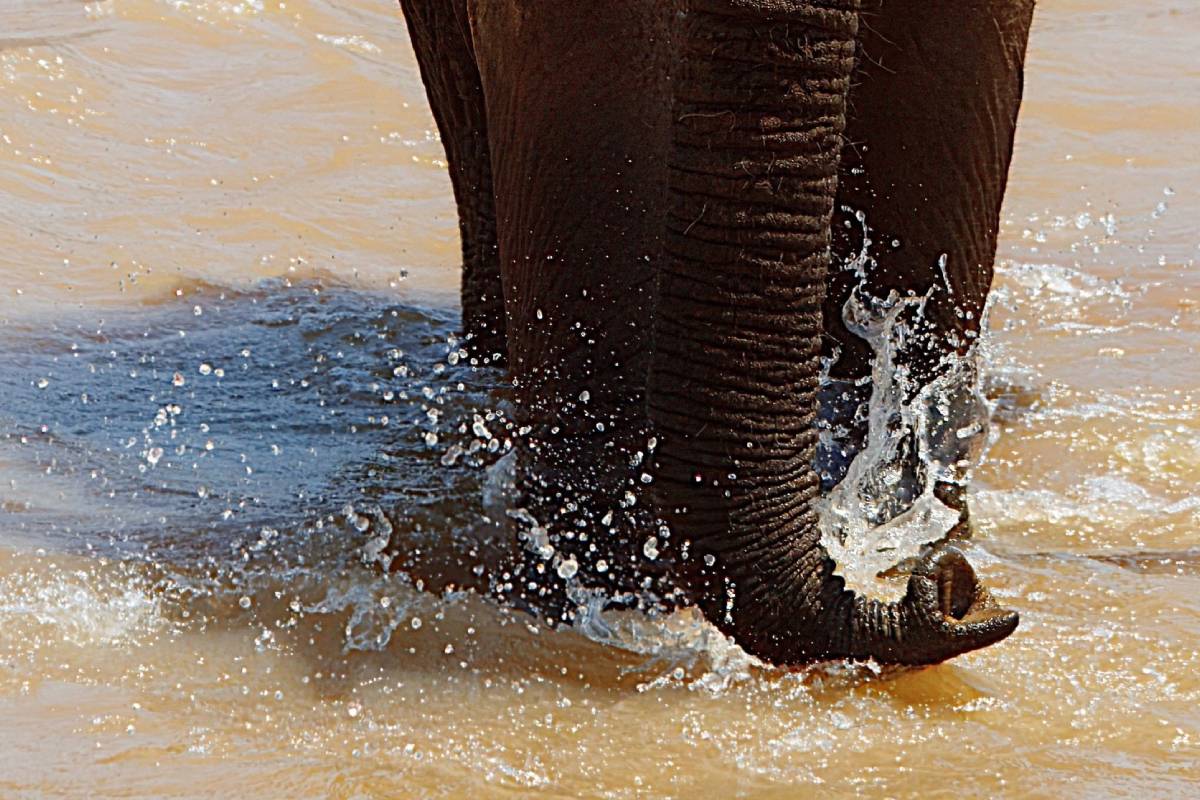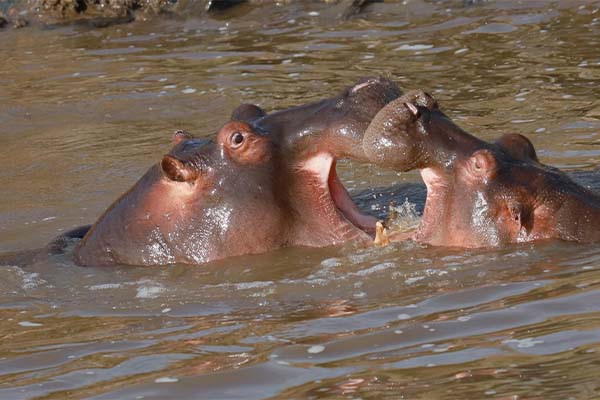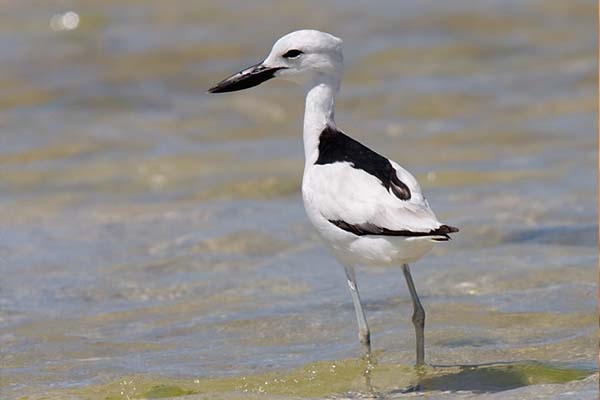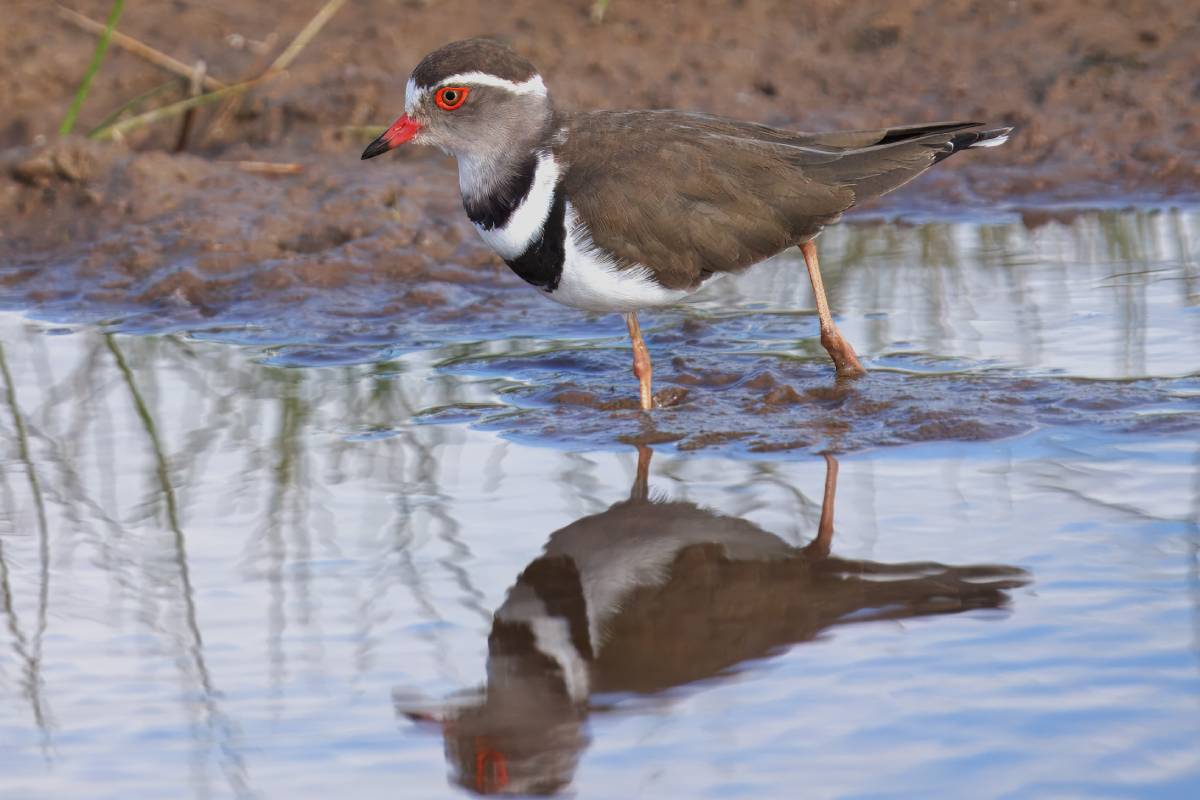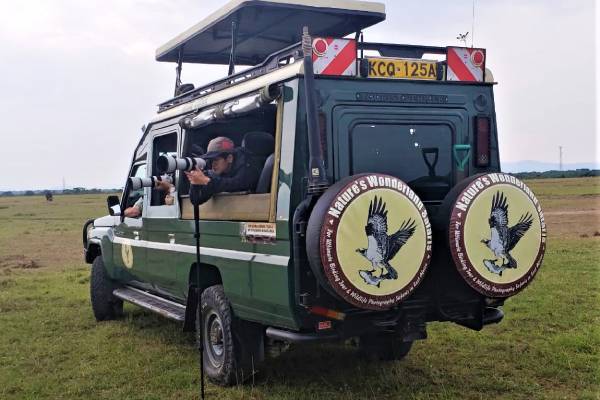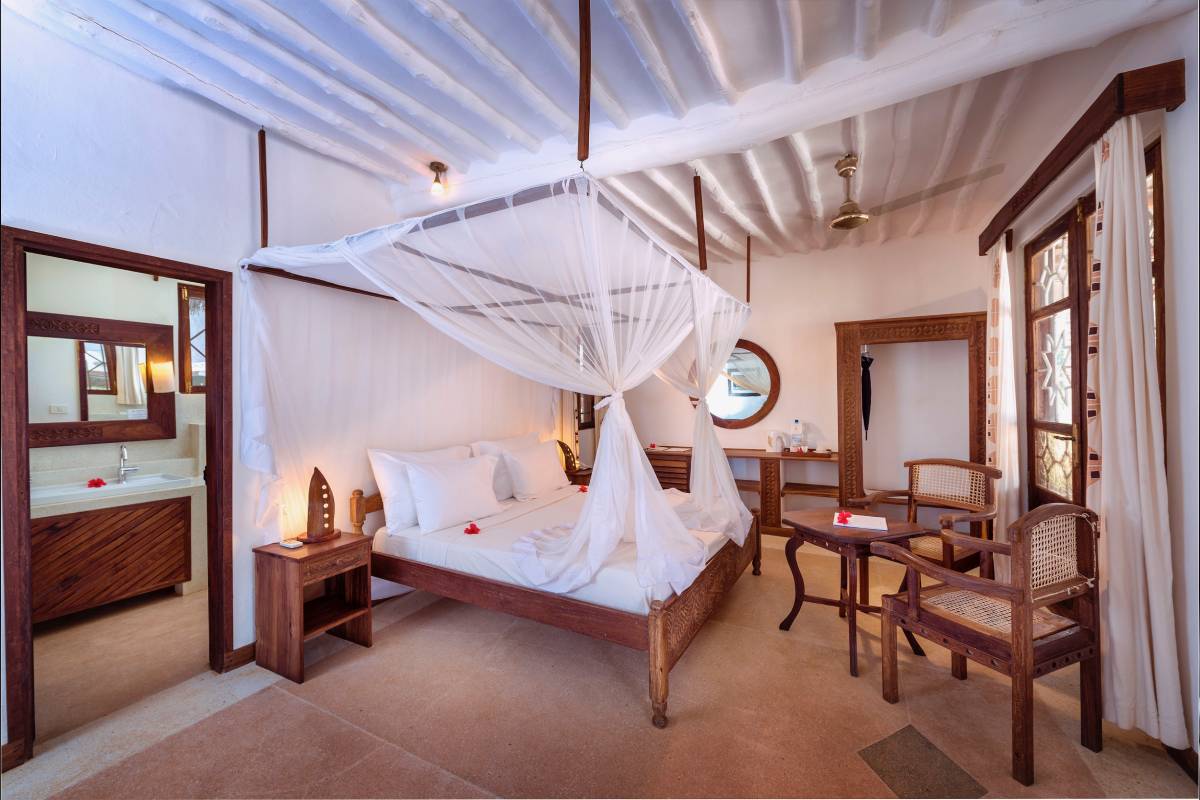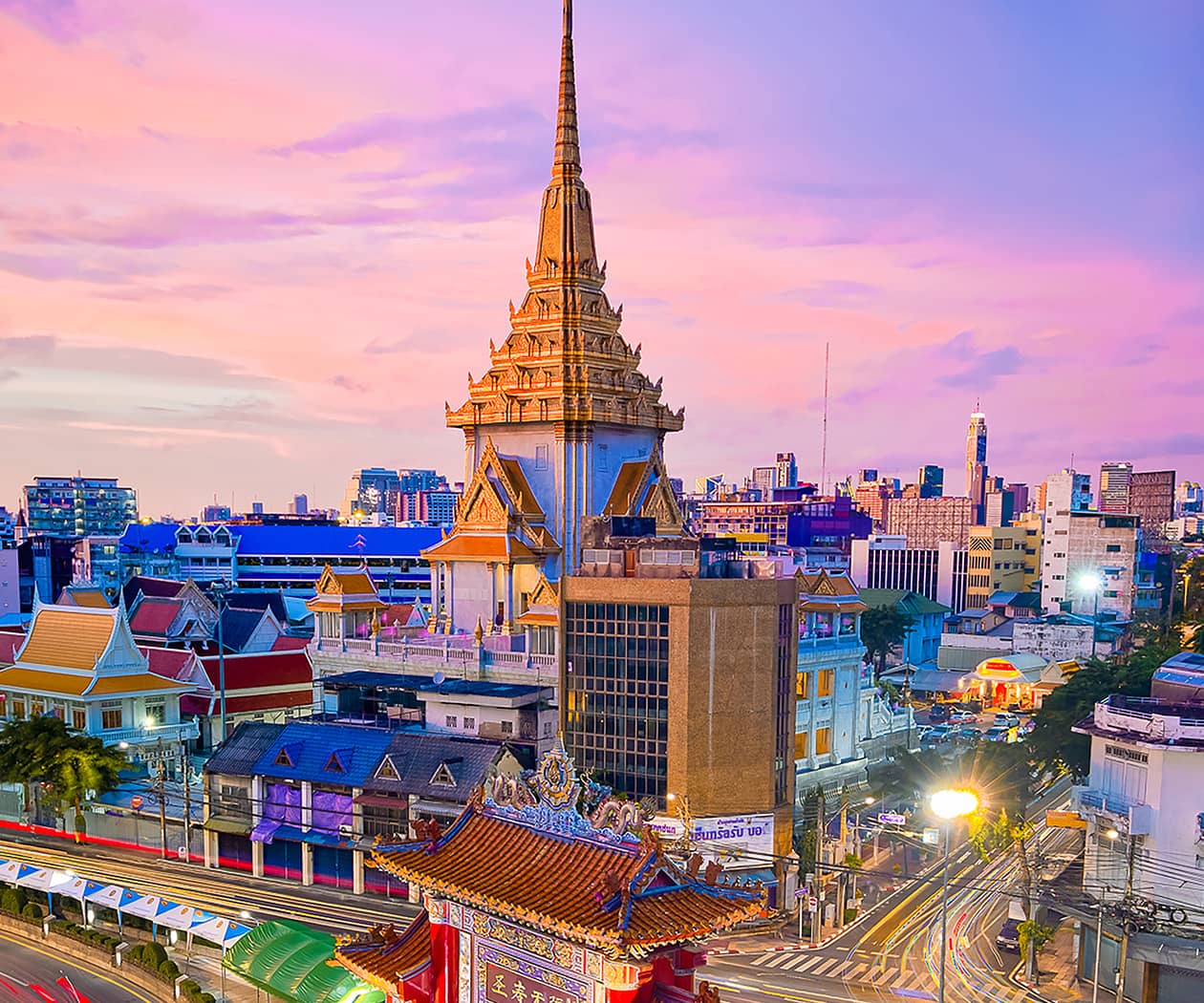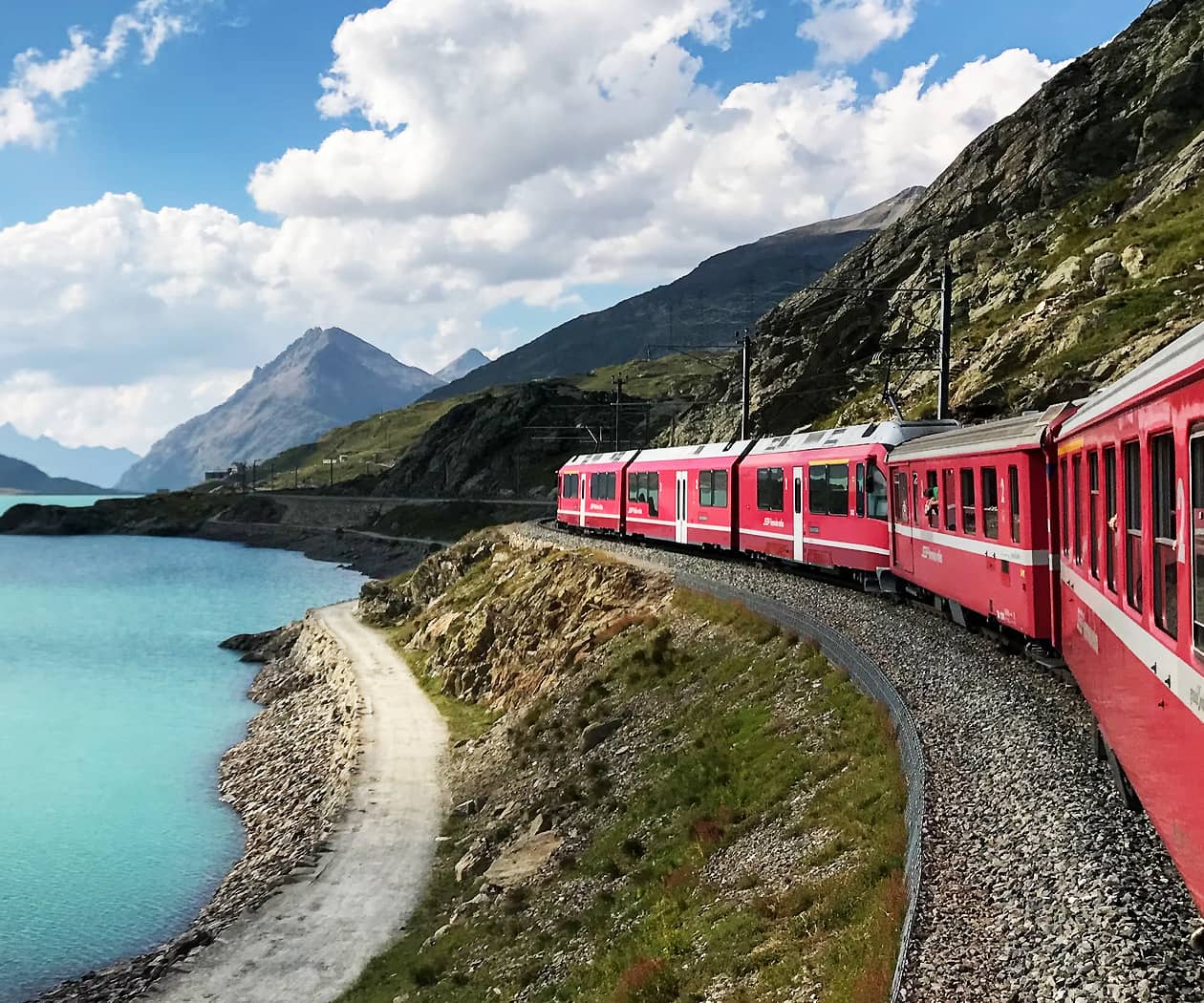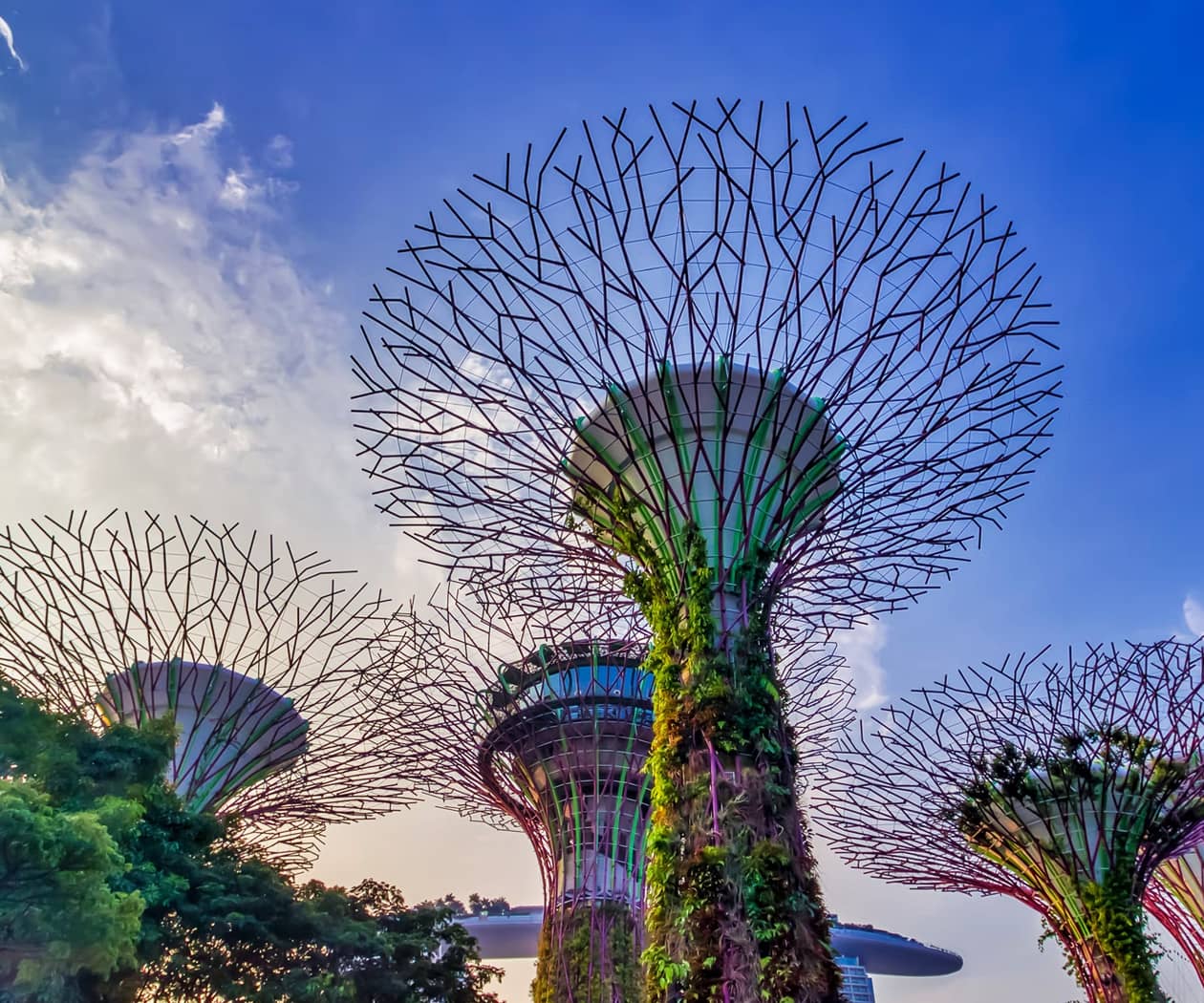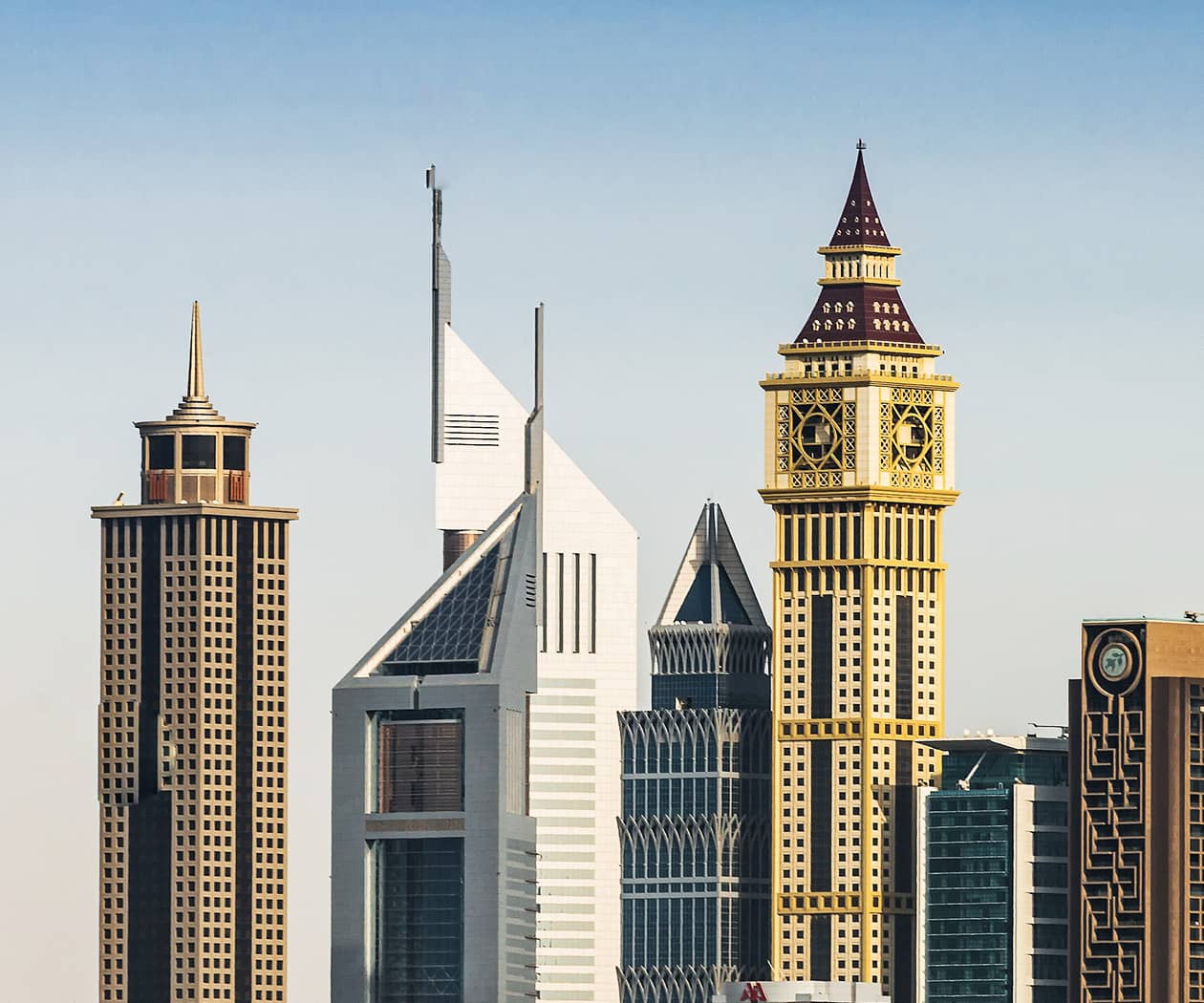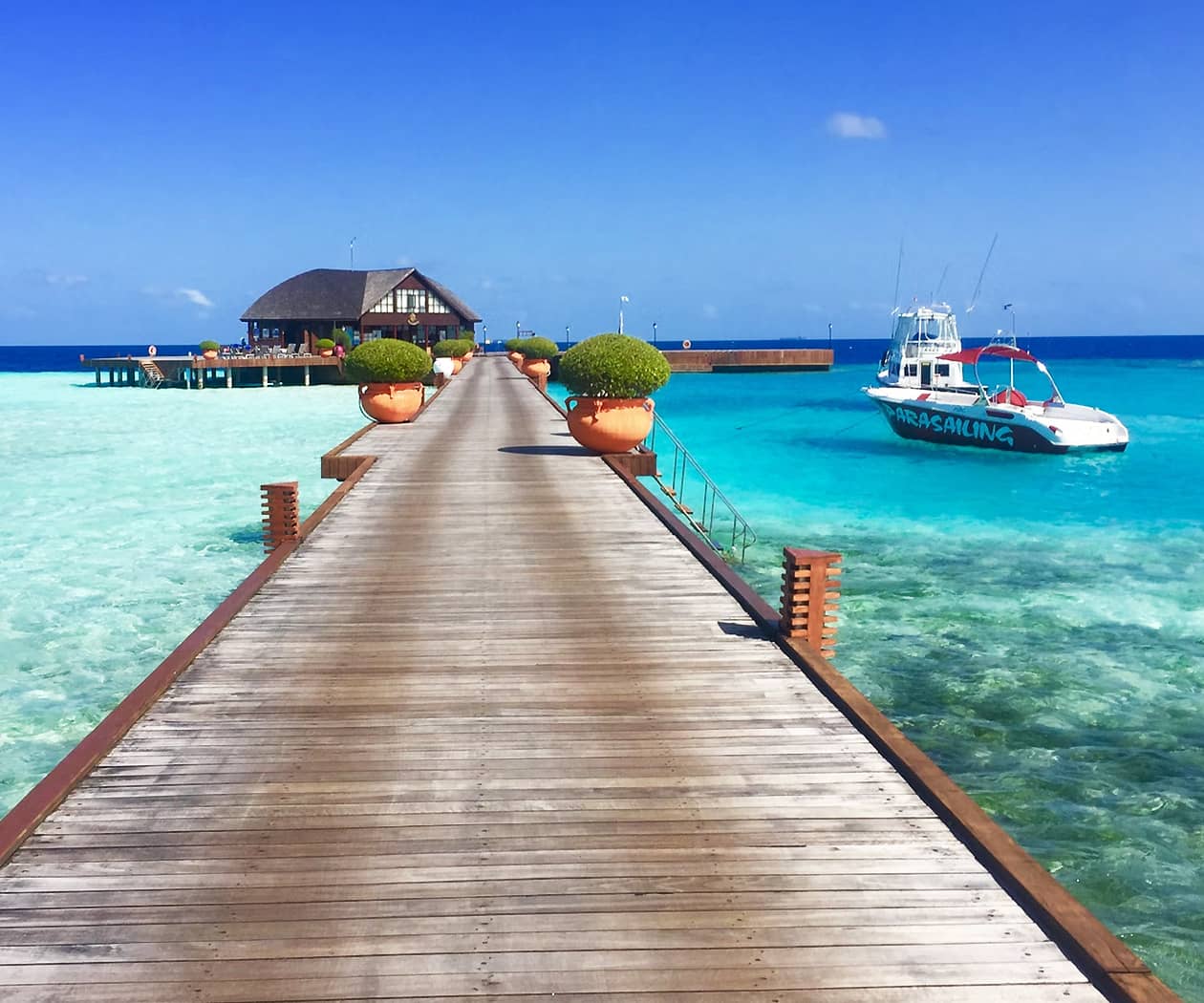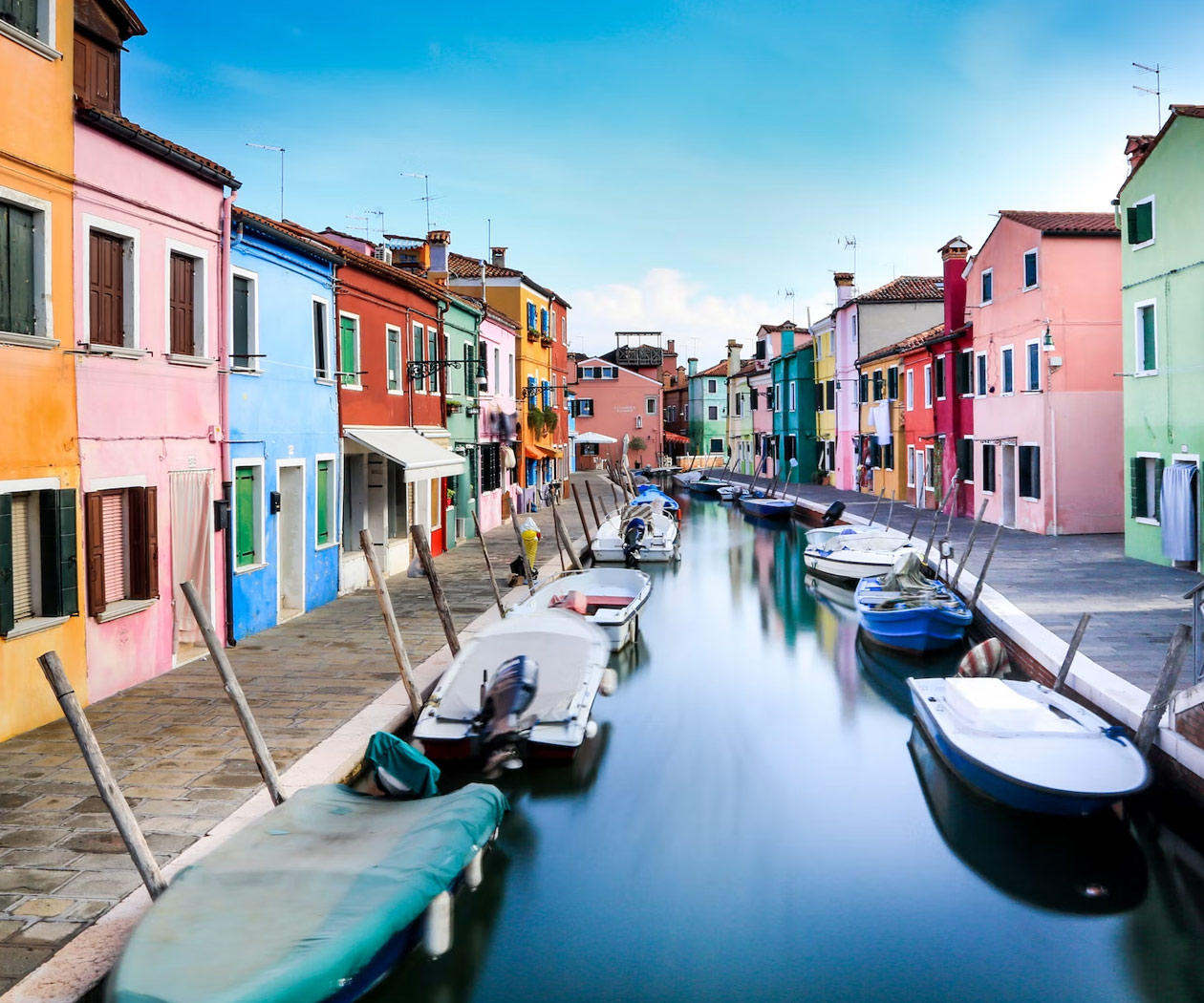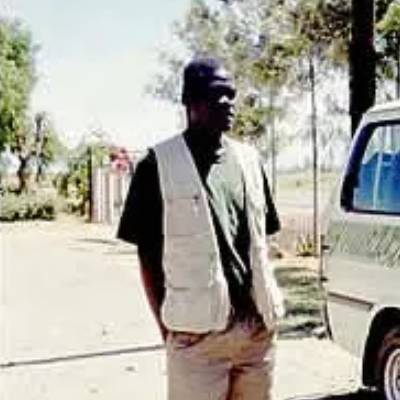Sabaki River Sanctuary, Coast, Kenya
Sabaki River Sanctuary is well known internationally as an Important Bird Area. The Sanctuary is well known for its natural beauty, and it offers a chance to experience Kenya’s natural heritage and biodiversity in Kenya’s coastal region. It’s a famous tourist destination for Bird Watching and Bird Photography, Sportfishing, Mangrove Exploration, Wildlife Viewing, Nature Walks, and Boat tours. Several rare and beautiful birds have been recorded at the Sabaki Sanctuary. The birds are attracted by tidal mud flats, which offer a rich habitat for migratory waders, gulls, and terns. The coastal scrub and wetlands adjacent to the river mouth are home to shorebirds and other water birds.
Sabaki River Sanctuary Safaris and Tours
Sabaki River Sanctuary Activities and Adventures
Best Time to Visit Sabaki River Sanctuary
June to October and December to February are migratory bird seasons, making it ideal for birdwatching and photography. The best time of day for birdwatching is early morning when birds are most active, and the lighting is ideal for photography.
During the dry season (June to October), it is ideal for Wildlife Watching and Nature Walks. Hippos and crocodiles are easily spotted as the vegetation is less dense, and the animals are primarily near water sources.
Sabaki River Sanctuary Accommodations
Sabaki River Hippo Camp & Wildlife Sanctuary – This is likely your best bet for staying closest to the Sanctuary.
Accommodation near Malindi – Since Malindi is the closest town to the Sabaki River Sanctuary, various hotels and resorts are available, including Villa Mela, Malindi, Saffron Garden Malindi, and African House Resort.

